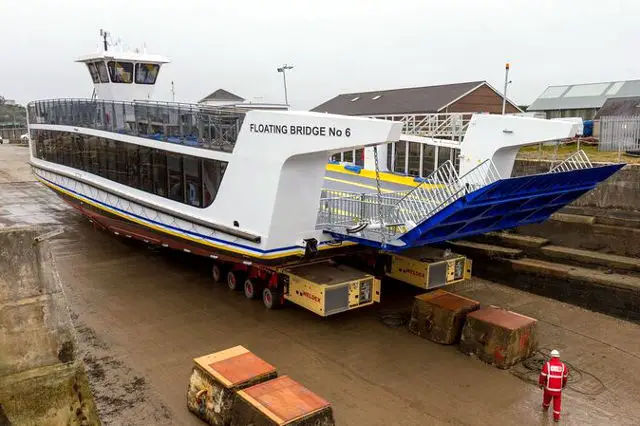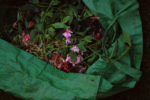The council share this update on the Cowes floating bridge. Ed
It is expected that the new floating bridge will commence service by mid-May, once all relevant tests, commissioning and staff training has been completed.
While it was hoped that the new floating bridge would be in service from the first week in May, it has been unavoidably delayed until mid-May due to critical elements of the infrastructure taking longer than anticipated.
Reconstructing chain pits
In order to accommodate the new bridge, it was necessary to partially reconstruct both of the chain pits in Bridge Square, East Cowes. Each pit houses a 3.5 tonne weight, which is attached to the end of each chain to counterbalance the weight of the chain.
Due to the age of the existing chain pits, all of the structural steelwork and weights needed replacing to avoid any future failures that could have resulted in the bridge being taken out of service for a considerable period of time at a later date.
Following excavation around the pits, this revealed an unexpected quantity of steel-reinforced concrete and an extensive steel strengthening frame – all of which needed to the removed before the scheduled works could take place.
Testing, training etc
The bridge must be placed on the chains during ‘neap tides’, in early May. Once on the chains, the relevant in-situ tests, commissioning and staff training will take place, with the bridge commencing service mid-May.
As with any major infrastructure and engineering project, exact timeframes cannot always be definitively given.
Once the floating bridge is in service, and following the local and general elections, the naming of the floating bridge will take place. Full details will be circulated at the appropriate time.
Naming competition
Having reviewed the original timeline for a decision on the floating bridge naming competition during the pre-election period and due to the high levels of interest from the media and public, it was felt that it was most appropriate to delay the decision until after the elections.





